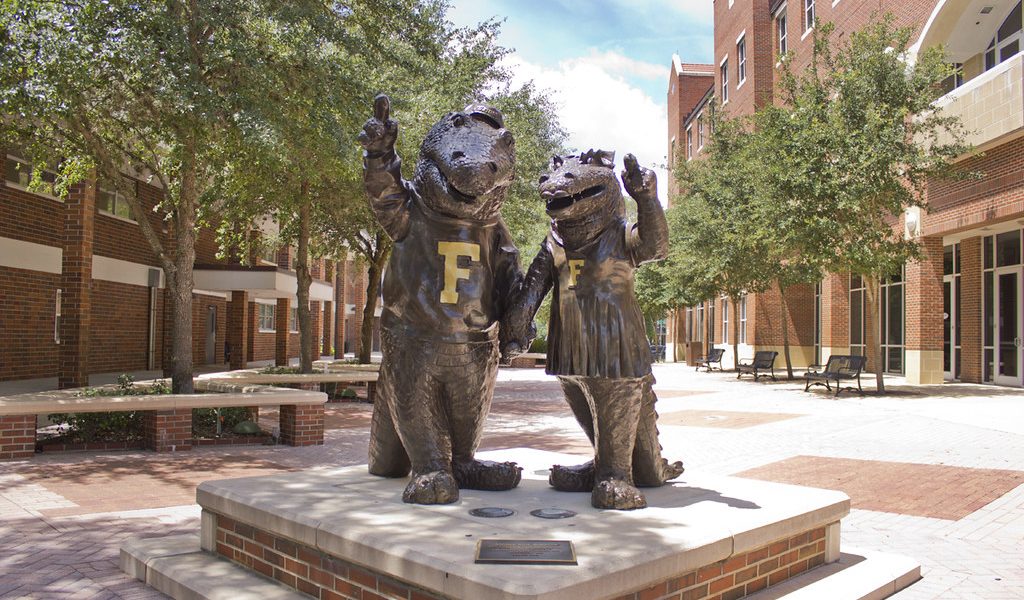Online classes have become a new way of learning in less than two weeks, with colleges and universities encouraging students to practice social distancing. Germel Dasalla, a sophomore at Santa Fe College, says that this transition hasn’t changed the difficulty of his classes, “but my professors have more leniency with grading.” Emma Notari agrees with this, as she says it is way easier to get A’s now, which made her lean towards the letter grading instead of the S-U. Many students have chosen the Letter Grading for the classes they feel stronger in and S-U Grading for the hardest classes, which is helping their Grading Point Average (GPA) to remain average or higher.
Online schooling is considered great by most, but Tahlia Oswald, a sophomore at the University of North Florida (UNF), feels different. She prefers paper and pencil for tests and reading, but she is not totally opposed to online classes because she has more time to work on other things besides school. Yet, students are worried that they are not getting the same experience as they would in class, which can affect some more than others. Oswald says that “I would have never chosen to take Management and Marketing online because it is easier to learn it in an in-class environment.”
Students might believe this transition is helping them, but colleges are less able to rely on their endowments as a fallback since markets are volatile right now. Moody’s Credit Ratings cited increased costs associated with the sudden shift to online classes and potential loss of revenue tied to student enrollment and tuition money. According to USA Today, money was already tight at schools fighting declining enrollment. “Just over 30% of public universities and nearly 30% of private universities were already running operating deficits,” said Michael Osborn, a vice president who monitors universities at Moody’s. On March 19, groups representing American colleges called on the federal government to support universities. They asked for emergency financial aid to students and universities, access to zero-interest loans for colleges and money to support digital learning according to USA Today. The National Governors Association wrote to Betsy DeVos, the US secretary of education, to ask for the Education Department to within two weeks to distribute the $30 billion of education stabilization funds in the $2.2 trillion federal stimuli, of which $14 billion is allocated to higher education. “The Education Department should grant “maximum flexibility” to states for how to use the money, wrote Asa Hutchinson, the Republican governor of Arkansas and chair of NGA’s Education and Workforce Committee, and Jay Inslee, the Democratic governor of Washington and vice-chair of the committee” (Inside Higher Ed).
As Coronavirus is spreading across the United States, college and university students will remain practicing social distancing in the comfort of their home while still taking online classes for the rest of the semester.
Image via Flickr





